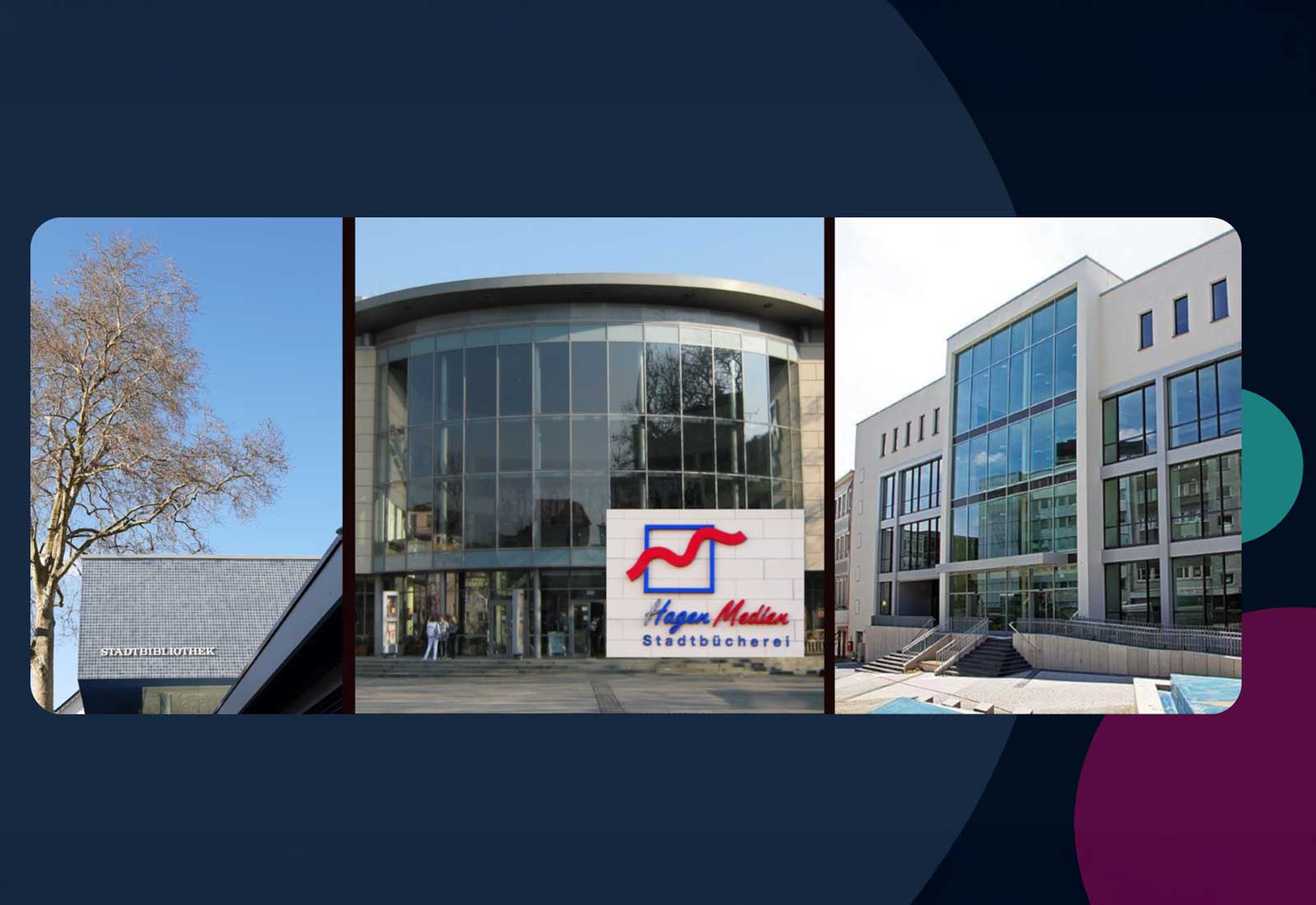
Launching a system is simply the first step on the path to achieving long-term technology goals. Once the energy surrounding “go-live” of an application normalises and teams are successfully engaged with new software, it’s time to build on our accomplishments. By looking at the ripple effects of system deployment, we can often identify opportunities to kick-start the next cycle of change.
SEEK OUT REMAINING ROGUE PROJECT DATABASES & SECRET EXCEL SPREADSHEETS
You know they’re out there. A proliferation of Excel spreadsheets and one-off databases used just this once. Be a data scavenger. Focus on finding supplementary tools and use them as conversation starters. Open a dialogue and find out why and how these outliers are being used. Do people need more training? A customised dashboard? Additional documentation? Threats and bribery (we’re kidding with that one!). Find the pain points challenging individuals and teams and you’ve identified your choices for your next great project or process overhaul.
FOLLOW THE DOCUMENT TRAIL
Consider performing an audit of your documentation practices. People often rely on Word because they have total control over the content and it’s easy to update. The flip side is that we wind up with a version control issue and a series of files named loanchecklistfinal, loanchecklistfinalfinal, and loanchecklistTHISONE. By taking a look at the standard letters, reports, and forms we are generating, we can uncover opportunities to dynamically generate output from our collections management system and increase efficiency. Reducing the confusion created from multiple versions of the same document can be as easy as creating a new on-demand object list, configuring a scheduled query that gets emailed to staff, or tweaking an existing export template.
BE A COPYCAT
Attend conferences, join listservs like MCN-L, and follow organisations on Twitter to find inspiration for new endeavours. Our colleagues in the heritage sector are continuously experimenting and innovating. To learn about some of the accomplishments of other Axiell users, check out our Case Studies. We are also launching a pilot project in North America with a series of client highlights webinars. During these online sessions, clients will be repeating presentations from our recent user group meetings with a short Q&A.
CONTINUOUSLY REVIEW AND ASSESS THE STATUS QUO
Periodic evaluation of the current status of systems is key to understanding how they can be re-positioned and enhanced to facilitate work within our organisations. As people gain traction and explore how we interact with available tools and system interfaces, they discover alternate ways of managing internal processes. By planning for ongoing reviews of how we use our applications, we create a culture that positions change as supportive rather than disruptive.
ASK WHAT’S NEXT
People are full of amazing ideas. Find a way to keep suggestions visible in order to maintain enthusiasm and help prioritise projects. Whiteboards, post-it walls, and chalkboards are simple tools where staff can contribute suggestions and organise wish lists. As time and resources become available, teams can easily address an existing need without having to perform extensive needs assessments.

*Fargo inspired Kanban board used at one of our Mimsy XG sites.
We’re always excited to cheer on members of our Axiell community as they continue their system journeys. We welcome your feedback about current projects and how we can best support you. If you would like to share some insights on our blog about the efforts being made at your organisation, please reach out to us at sales-alm@axiell.com.




